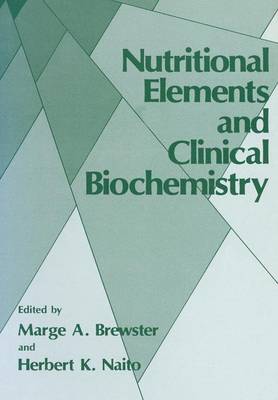The important role that the nutritional status exerts in determining the course of life from birth to death in the human being and especially its impact in disease states is only par tially appreciated at this time. Nutritional deficiencies are usually considered to be major problems only in under-privileged or developing populations, except for those occurring in specific diseases. This attitude is incorrect as indicated by reports of Bestrian et al (1974, 1976) and Merritt and Suskin (1979) and others who found evidence of nutritional depletion in as much as 50% of the patients in varied groups of hospitalized patients in the United States. Other studies, some of which are included in this book, emphasized the existence of deficiencies of certain specific nutrients. Despite evidence of nutritional deficiencies occurring more frequently than previously appreciated, there is no well established protocol of laboratory studies that the clinical chemist or scientist should provide to help the physician detect lack of essential nutrients before extensive and possibly irreparable damage has occurred to the individual patient. Considerable research data are needed to determine the best biologic material (i.e., erythrocytes, leucocytes, plasma, serum, urine, cerebrospinal fluid, lymph) for analysis to determine accurately at an early stage metabolic deficiencies due to a specific nutritional element. Improved techniques for analysis of key metabolites and nutrients are available in the research labora tory and many of them can be adapted to the clinical laboratory.
- ISBN13 9781461331704
- Publish Date 28 October 2011 (first published 1 October 1980)
- Publish Status Active
- Publish Country US
- Imprint Springer-Verlag New York Inc.
- Edition Softcover reprint of the original 1st ed. 1980
- Format Paperback
- Pages 464
- Language English
